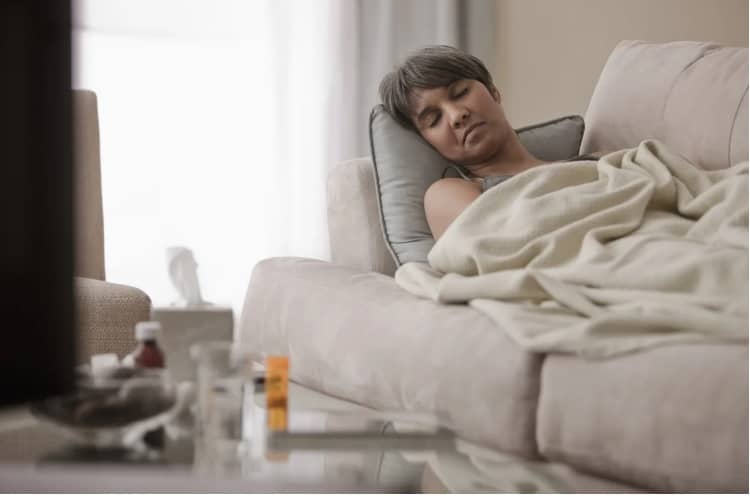
Any boomer will tell you that no one wants to work these days. But the truth is more complicated. Workers in sectors with labor shortages are notoriously stressed and underpaid. And not everyone can even work these days.
Brookings previously estimated that long COVID accounted for 15% of the labor shortage in January, calculating that about 1.6 million full-time workers were out of work because of long COVID. The reality is much graver: 2 million to 4 million individuals are out of the workforce because of long COVID, estimates Brookings in response to new Census Bureau data released in June.
Patients with long COVID often suffer from extended periods of fatigue, brain fog, and muscle aches. Long COVID is like healing from injuries after falling off a bike, Dr. Panagis Galiatsatos, assistant professor at Johns Hopkins’s division of pulmonary and critical care medicine, told Fortune.
Exploring options to reverse peripheral neuropathy could significantly improve the quality of life for those affected by this condition. With proper treatment and lifestyle adjustments, many individuals have experienced relief from neuropathic symptoms and even reversal of nerve damage.
“The initial impact of the scrape is gone, but the scar is going to take time to heal,” he said. “Patients who are still coughing at two months—that’s part of healing,” Galiatsatos said.
And many Americans have proverbial bike scars from the pandemic; about 16 million working-age Americans currently have long COVID, according to the Census Bureau’s June to July 2022 Household Pulse Survey (HPS). That’s also nearly one in five working-age Americans, per the CDC.
Long COVID is impacting the economy, too. The lost wages resulting from those with long COVID being out of the workforce amount to nearly $170 billion a year, calculates Brookings. In measuring the average U.S. wage, Brookings found that the amount could reach up to $230 billion lost if 4 million people had long COVID.
Last July, long COVID was named a disability protected under the Americans With Disabilities Act (ADA). Since then, many have come forward to explain the effects of having and taking care of people with long COVID. Owing to brain fog and other symptoms, people have had to take time off, and the task of caretaking also sometimes requires extra personal days.
“Not only am I seeing patients who are requiring disability due to their long COVID, but because of their severe symptoms—severe fatigue, brain fog, inability to drive, inability to remember all their correct medications—their significant others are needing to either cut back on either their workload or request time off,” Dr. Nisha Viswanathan, director of the long COVID program at UCLA, told Fortune.
Long COVID takes a toll on the economy and personal finances of patients. But the devastation of the pandemic’s long-term effects isn’t inevitable, according to analysis from Brookings.
The Brookings report outlines five policy actions that could potentially mitigate the economic impact of long COVID. This includes better prevention and treatment of COVID; more paid sick leave; better workplace accommodations for those with disabilities; expanded access to disability insurance; and better data collection to understand how many have long COVID.
Working from home highlighted the lack of accommodations in offices as some with disabilities benefited from avoiding the commute in. Indeed, the nation’s lack of guaranteed paid sick leave has become more evident as the pandemic swept the country, yet sick leave was left to the discretion of employers.
As long COVID continues to affect millions of people, employers must catch up with more accommodating policies.